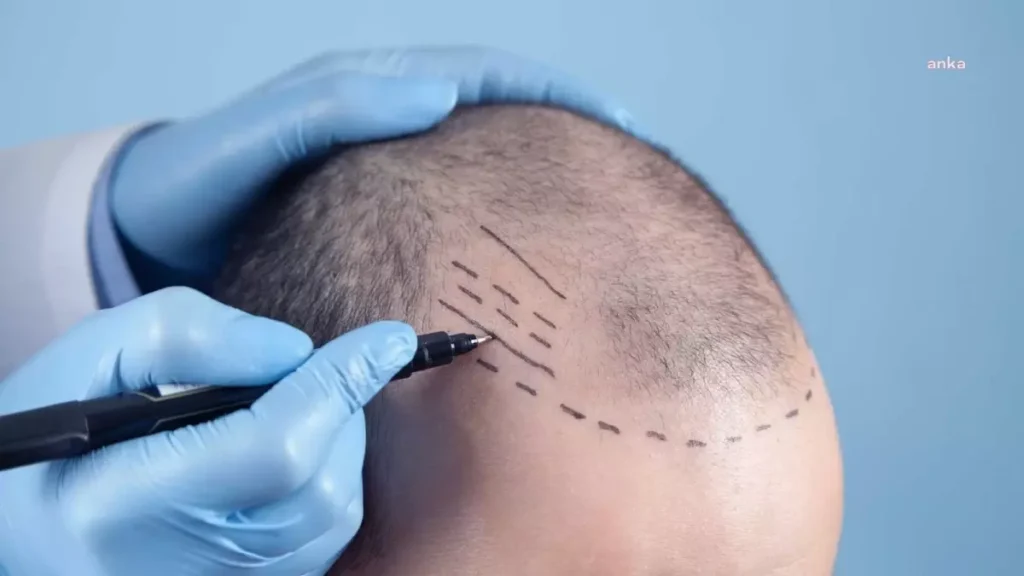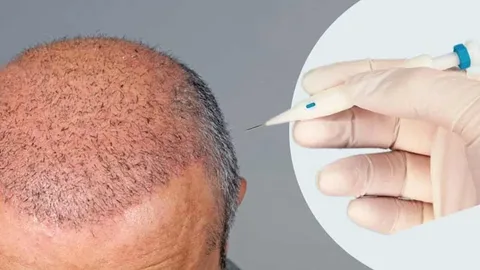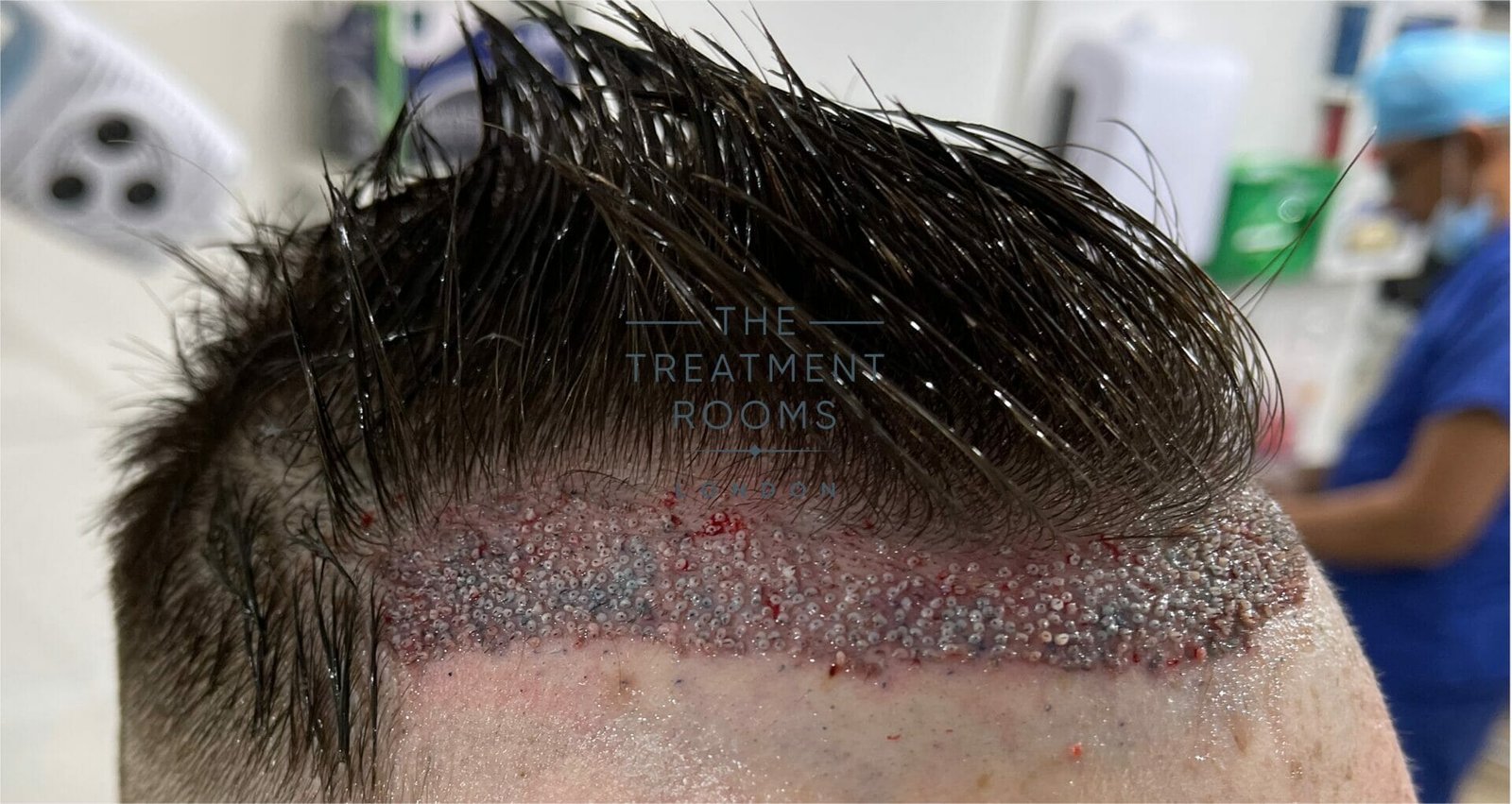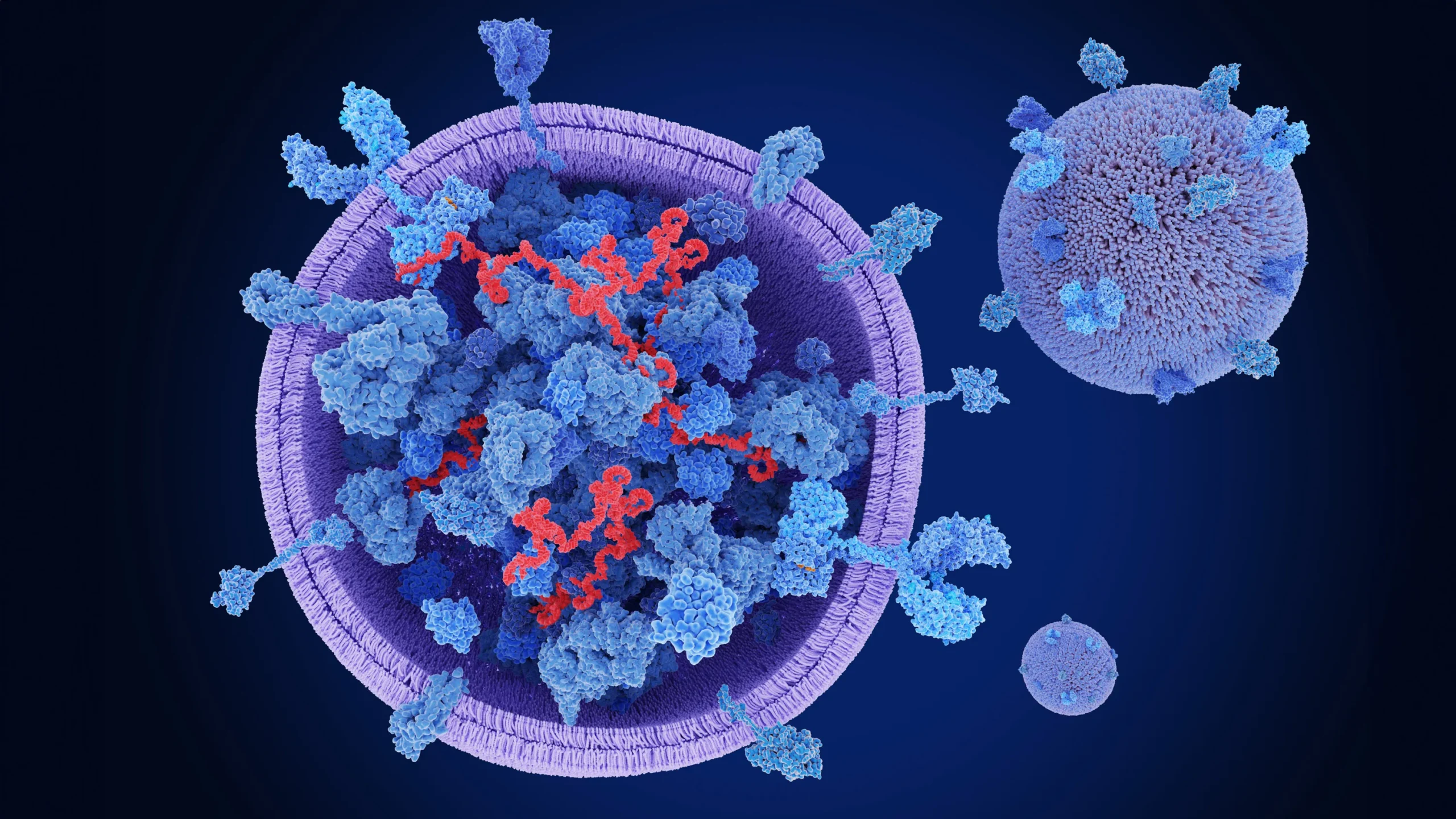Are you considering a hair transplant but unsure about what makes a procedure "good"? A good hair transplant can transform your appearance and boost your confidence, but it's crucial to understand the key factors that determine success. In this guide, we’ll dive into what to look for in a hair transplant, the benefits of choosing …
Are you considering a hair transplant but unsure about what makes a procedure “good“? A good hair transplant can transform your appearance and boost your confidence, but it’s crucial to understand the key factors that determine success.
In this guide, we’ll dive into what to look for in a hair transplant, the benefits of choosing the right procedure, and expert tips for a smooth recovery. Learn how to make informed decisions to ensure the best possible results.

What is a Good Hair Transplant?
A good hair transplant isn’t just about the procedure itself — it’s about achieving natural, long-lasting results that align with your expectations. Here’s what defines a “good” hair transplant:
Defining a ‘Good’ Hair Transplant
A successful hair transplant should look natural, with minimal scarring and a high survival rate of hair follicles. It involves using advanced techniques and a skilled surgeon to ensure that the hair grows thick and evenly. The key qualities include:
- Natural Appearance: The transplanted hair should blend seamlessly with your existing hair.
- Minimal Scarring: Good techniques minimize scarring for a cleaner, more aesthetically pleasing result.
- Effective Hair Growth: The procedure should result in healthy, growing hair after recovery.
Types of Hair Transplants: FUT vs. FUE
There are two common hair transplant methods: Follicular Unit Transplantation (FUT) and Follicular Unit Extraction (FUE).
- FUT: This method involves removing a strip of scalp from the donor area, from which hair follicles are harvested. It is best for individuals requiring large grafts and is typically more affordable.
- FUE: In this technique, individual follicles are harvested directly from the scalp and transplanted. It is more time-consuming but leaves less scarring and provides a more natural result.
Both methods are effective, but the choice depends on your hair type, scalp condition, and desired results.
How to Choose the Right Hair Transplant Clinic
Choosing the right clinic is crucial for achieving optimal results. Here’s what to look for:
Key Factors in Choosing a Clinic
- Accreditation and Certifications: Ensure the clinic has certified and experienced surgeons.
- Reputation and Reviews: Look for positive testimonials and before-and-after images from past patients.
- Technology and Techniques: Choose a clinic that uses modern methods like FUE or robotic hair transplants for the best results.
Questions to Ask Your Hair Transplant Specialist
Before booking a procedure, ask the following questions:
- What are the risks and potential complications?
- How many transplants has the surgeon performed?
- Can you provide before-and-after photos of previous patients?
- What is the estimated recovery time, and how soon will results show?
Factors That Contribute to a Successful Hair Transplant
A good hair transplant depends on various factors beyond the method itself.
Experience and Skill of the Surgeon
The surgeon’s experience plays a crucial role in determining the outcome of the procedure. Skilled surgeons can extract and transplant follicles with precision, leading to better growth and a more natural look. Always ensure your surgeon has a proven track record with hair transplants.
Use of Advanced Technology
Modern technologies like robotic hair transplant systems or enhanced microscopes allow for more precise follicle extraction and implantation, leading to better results with less scarring.
Post-Surgery Care for a Successful Recovery
The key to a successful hair transplant is not only in the procedure but also in the recovery process.
Safe Recovery Timeline and Precautions
The recovery process is different for each person, but most patients can expect the following timeline:
- First Week: Expect mild discomfort and swelling. Follow all post-op instructions, especially avoiding touching the scalp.
- 1–2 Months: Hair shedding may occur as transplanted follicles adjust to the new environment.
- 3–6 Months: New hair will start growing in the transplanted areas.
- 12 Months: Full hair growth is typically visible, with the final results becoming clear.
When Can You Resume Normal Activities?
Post-transplant, avoid strenuous activities that can cause sweating (like exercising) for at least 1–2 weeks. This helps reduce the risk of infection and encourages faster healing.
Expert Tips for Maximizing Your Results
After the transplant, taking proper care of your hair can ensure optimal results.
Expert Recovery Tips
- Avoid Sun Exposure: Protect your scalp from direct sunlight for the first month to prevent irritation and fading.
- Follow Hair Care Guidelines: Use mild shampoos, avoid harsh chemicals, and follow the prescribed hair care routine.
- Stay Hydrated and Eat Well: A healthy diet promotes healthy hair growth. Consider incorporating vitamins that support hair health, such as biotin and vitamin D.
How Long Does It Take for the Hair to Grow After a Transplant?

Hair growth after a transplant can be a gradual process. Here’s what to expect:
- Months 1–3: Shedding of transplanted hair is normal as follicles adapt.
- Months 4–6: New hair growth begins to fill in.
- Months 6–12: Full growth is visible, though some patients may take longer for complete results.
FAQs
Is a Hair Transplant Permanent?
Yes, a hair transplant provides permanent results, though your natural hair may continue to thin over time.
Are There Risks or Side Effects?
While rare, risks include infection, scarring, and unnatural-looking results. Choosing an experienced surgeon reduces these risks.
How Much Does a Good Hair Transplant Cost?
Costs vary based on the procedure (FUT vs. FUE), the clinic’s location, and the surgeon’s expertise. Generally, hair transplants can cost anywhere from $3,000 to $15,000.
Will Hair Transplants Work for Everyone?
Most people are candidates for hair transplants, though individuals with active scalp conditions or certain medical issues may not be ideal candidates. Consult with a specialist to evaluate your options.
Conclusion
A good hair transplant can significantly improve your appearance and confidence. However, it’s essential to understand the procedure, recovery process, and expected results before making the decision. Be sure to choose a reputable clinic with experienced surgeons to ensure the best outcome.
Book a Consultation Today
Ready to take the next step toward restoring your hair? Book a consultation with Dr. Uzma Irfan, an ISHRS-certified surgeon in Islamabad today to ensure a smooth and successful recovery after your hair transplant. Let’s discuss your options and help you achieve the hair you’ve always wanted.






